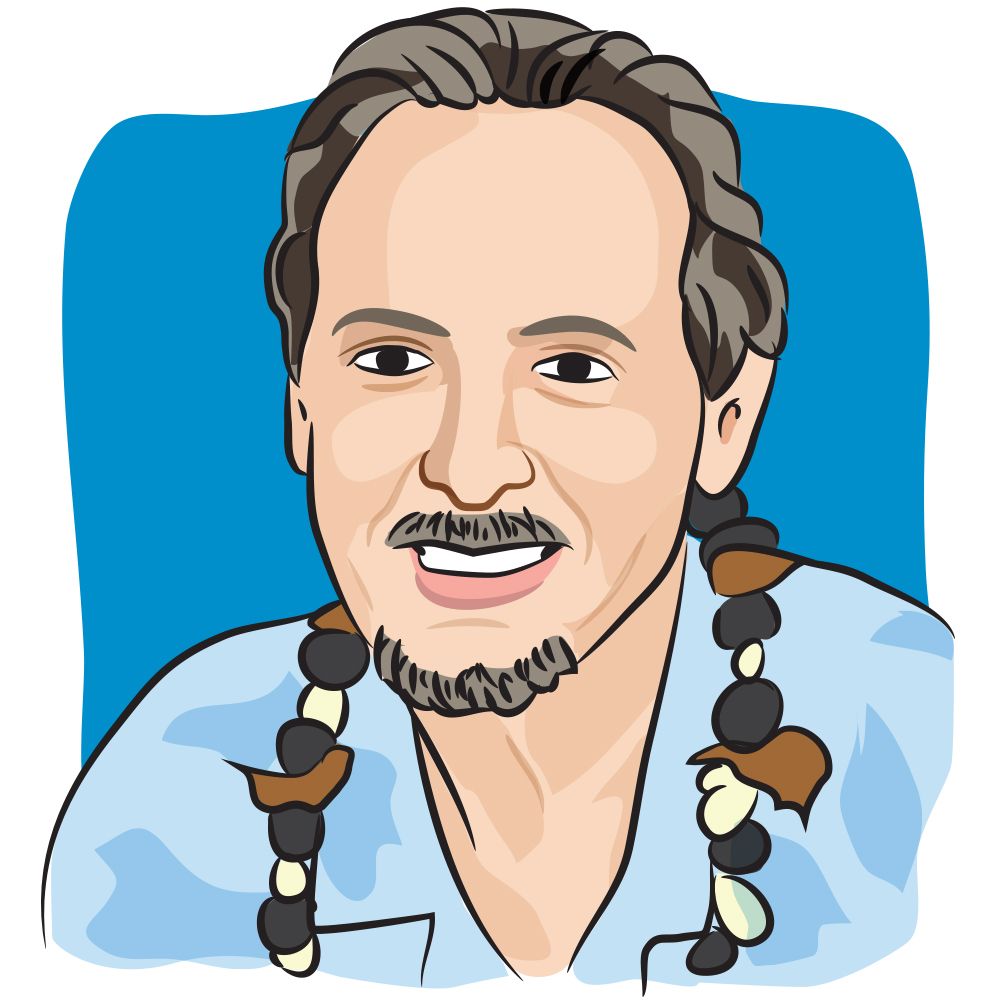Approaching My 10-Year Cancerversary with Male Breast Cancer
As I approach my 10-year cancerversary, I reflect on the worst and best experiences.

It’s difficult to believe, as I approach my 10-year “cancerversary” with this rare form of breast cancer, that so much of my life has been colored by my survival experiences. While I have never really focused on the significance of “good” or “bad” days, there are moments that stand out in this last decade that have left indelible memories with me. Perhaps a few will resonate with you.
The worst part of my expedition through cancer was, naturally, in the early months after my initial diagnosis.
The waiting. The worry. The wondering. And then, of course, there was the isolation. But not long after that, I began to discover that I wasn’t alone, despite the fact that the small number of survivors in my group made information difficult to uncover.
Looking back, it’s remarkable to see how the Internet has soared in these last ten years, making so much available to new cancer patients. That is one of the best parts in all of this. But in my initial Internet search, early in 2014, I found almost no information about male breast cancer.
So naturally, I looked to the women. And it was in reading their breast cancer stories that the whole cancer experience, regardless of gender or type or severity, began to make sense to me. Even though the available treatments for male breast cancer in 2014 were minimal, we all shared the same concerns, the same emotions and it was through those sentiments from so many, that I began to feel less isolated.
So, one of the best things that happened to me was the realization that I really wasn’t alone.
Trying to somehow “manage” all of the unknowns was a tough lesson at first. I wanted to help shape a future for my wife in the event that my own life would be shortened by my disease. I wanted to clean out the clutter in my life (and even in my garage) finish the unfinished projects, write a few more songs and spend more time with our cats.
The bad part in all of this was simply acknowledging the fact that all of these things might not be possible, and figuring out their order of importance might not be easy or even practical.
And then, slowly, I found the other men. Despite the fact that there were just 1,200 of us diagnosed nationwide at the time of my mastectomy, I suddenly saw a few online groups materializing. And we had conversations. And the camaraderie that began to develop became one of the very best parts of my quest for survival.
So here then, is my list of the “worst” and “best” experiences in my 10 years with cancer.
WORST:
- The many unknowns.
- Limited number of men like me.
- Debate and confusion regardingpossible therapies.
- Reluctance of pharmaceutical companies to invest in male breast cancer research and treatments.
- Having to share my news with friends and family.
- Medical bills/Insurance issues.
- Ongoing mastectomy scar pain.
BEST:
- The amazing support from friends and family.
- Opportunity to share my experiences with others like me.
- Wonderful sources of news and information. (CURE has been my go-to site for many years).
- Watching the rapid and encouraging advances in cancer research.
- And finally, the very best part of having this disease is the undeniable fact that I am alive to share these words.
For more news on cancer updates, research and education, don’t forget to subscribe to CURE®’s newsletters here.
FDA, Cancer Vaccine Updates and a Misguiding of Breast Cancer Treatment
February 5th 2024One cancer vaccine may still be years away from being available, a breast cancer test may be misguiding treatments for Black women and the review of two oncology regimens are being expedited by the FDA.
Listen